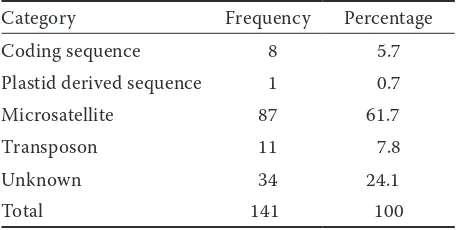Integration and Characterization of T-DNA Insertion in Upland Cotton
Full text
Figure
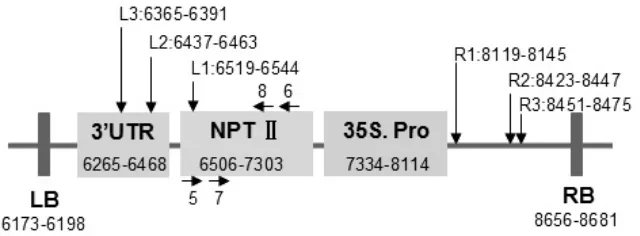
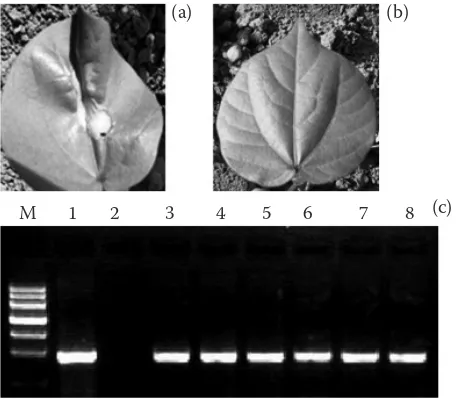
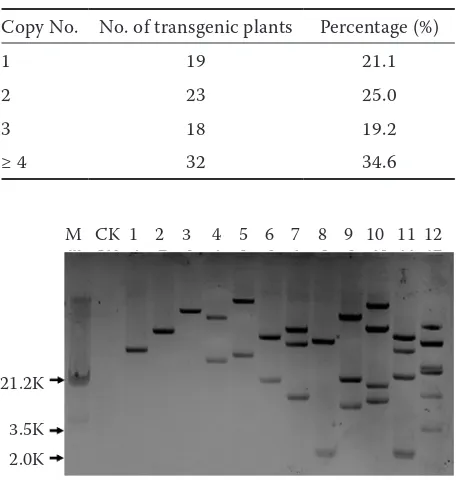
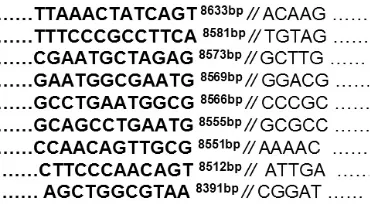
Related documents
sensitivity to attentional load as demonstrated by larger visual N1 to picture onset for high- than low-complexity images, (2) reduced emotional processing of unpleasant compared
RCL ROBO Cylinder 419 RCL-SA1L Mini Mini Mini Slider Type Rod Type Table/ Arm/ Flat Type Linear Servo Type Gripper/ Rotary Type Clean- room Type Splash- Proof Type Pulse
Field experiments were conducted at Ebonyi State University Research Farm during 2009 and 2010 farming seasons to evaluate the effect of intercropping maize with
It was decided that with the presence of such significant red flag signs that she should undergo advanced imaging, in this case an MRI, that revealed an underlying malignancy, which
(The very small ex ante changes in long—term rates isolated for the quarterly data examined in this paper do not, of course, necessarily imply trivial future movements in the
19% serve a county. Fourteen per cent of the centers provide service for adjoining states in addition to the states in which they are located; usually these adjoining states have
Moreover, the cuttlebone volume (or surface area) may have a greater influence on cuttlefish TS than the length, because the proportion of cuttlebone volume as a fraction of the
Here, we describe the identification in hyperthermophilic Crenarchaeota and a Korarchaeon of an orthologue of the eukaryotic transcription elongation factor Elf1, which has been
